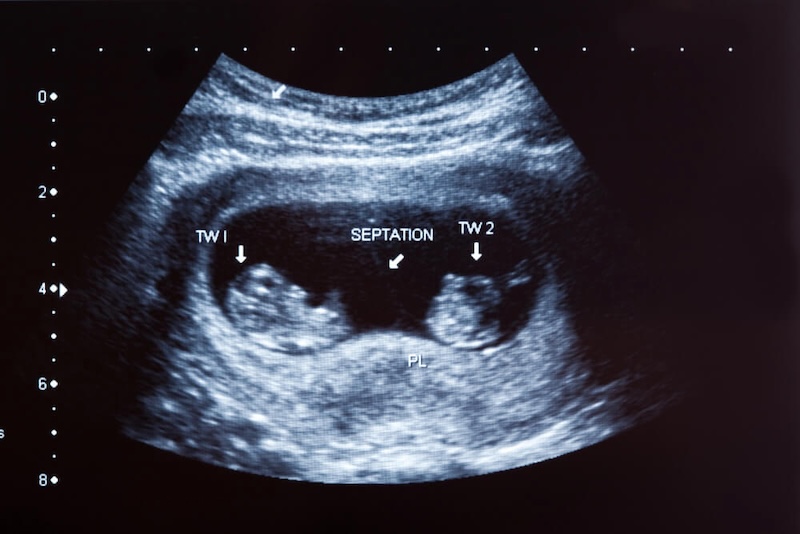In Vitro Fertilization (IVF) and the Possibility of Twins
In Vitro Fertilization (IVF) is a groundbreaking technology that has revolutionized the field of reproductive medicine. It offers hope to couples struggling with infertility, providing them with a chance to conceive their biological child. One fascinating aspect of IVF is the increased likelihood of multiple pregnancies, including twins.
What is IVF?
IVF is a type of assisted reproductive technology (ART) where an egg is fertilized by sperm outside of the body in a laboratory. The resulting embryo is then transferred to the woman’s uterus with the hope of successful implantation and pregnancy. (Source: FlyHealth) IVF has become an increasingly common procedure, offering hope to couples who may have difficulty conceiving naturally due to various health conditions or unexplained infertility.
IVF and Twins: The Connection
The chance of having twins through IVF is significantly higher than in natural conception. This is primarily due to the common practice of transferring more than one embryo to the uterus to increase the chances of pregnancy. While this approach does improve the likelihood of successful implantation, it also raises the probability of multiple pregnancies.
There are two types of twins: identical (monozygotic) and fraternal (dizygotic). Identical twins occur when a single fertilized egg splits into two embryos. Fraternal twins result from the fertilization of two separate eggs. (Source: NIH) In IVF, the chance of having fraternal twins is higher due to the transfer of multiple embryos.

The Benefits and Risks of Twin Pregnancies in IVF
Having twins can be a happy experience, offering unique rewards and challenges. For couples undergoing IVF, the prospect of having twins can be particularly appealing as it provides an opportunity to expand their family quickly. However, multiple pregnancies also come with increased risks, including a higher likelihood of premature birth, low birth weight, and complications during pregnancy and delivery. Therefore, the decision to transfer multiple embryos should be made carefully, considering the potential benefits and risks.
Single Embryo Transfer (SET)
There has been a growing trend toward Single Embryo Transfer (SET) in IVF procedures in recent years. SET involves transferring only one high-quality embryo to the uterus, significantly reducing the chance of multiple pregnancies. While this approach may slightly lower the success rate per transfer compared to multiple embryo transfers, it increases the safety of IVF by minimizing the risks associated with twin pregnancies. (Source: PFCLA)
IVF has played a pivotal role in modern reproductive medicine. It has not only provided a solution for couples struggling with infertility but also opened up new possibilities for family planning. The ability to control the number of embryos transferred allows couples to plan for multiple births, such as twins.
The Future of IVF and Twin Pregnancies
As IVF technology continues to advance, the future of IVF and twin pregnancies looks promising. Researchers are continually working on improving the success rates of IVF procedures and reducing the risks associated with multiple pregnancies. With these advancements, the dream of starting a family is becoming a reality for more couples.
IVF has opened up new possibilities for couples struggling with infertility, including the increased likelihood of having twins. While this can be an exciting prospect, it’s important for couples to understand the potential risks
associated with multiple pregnancies. With advancements in reproductive medicine, options like SET offer safer alternatives for couples, promoting healthier pregnancies and better outcomes for both mother and baby.
Sources:
FlyHealth - IVF Treatment in Istanbul - Turkey (flyhealth.co.uk)
NIH - Identical Twins (genome.gov)
PFCLA - Single Embryo Transfer IVF: Why we recommend it (pfcla.com)






